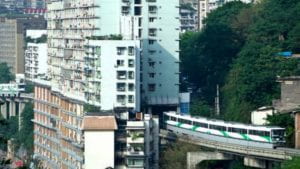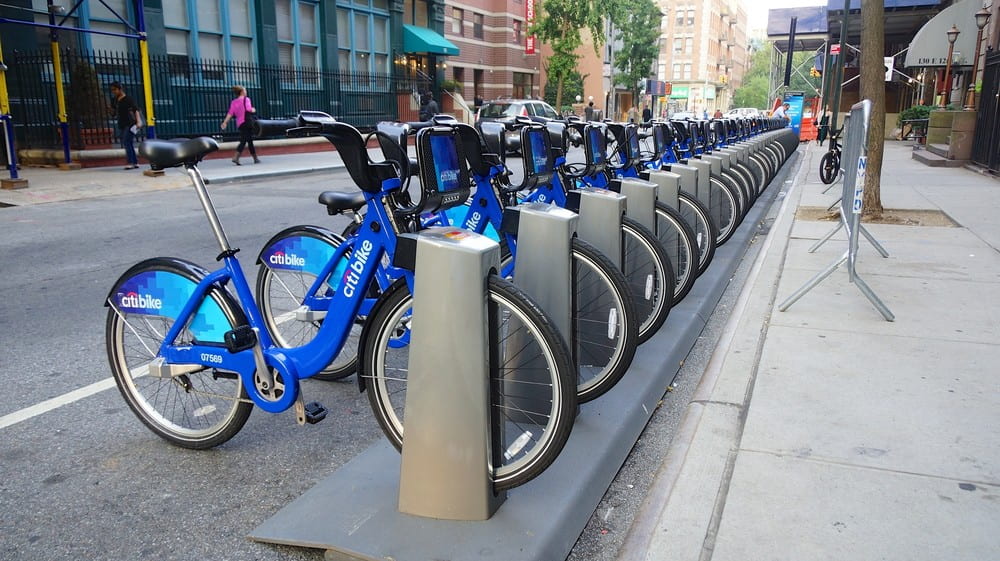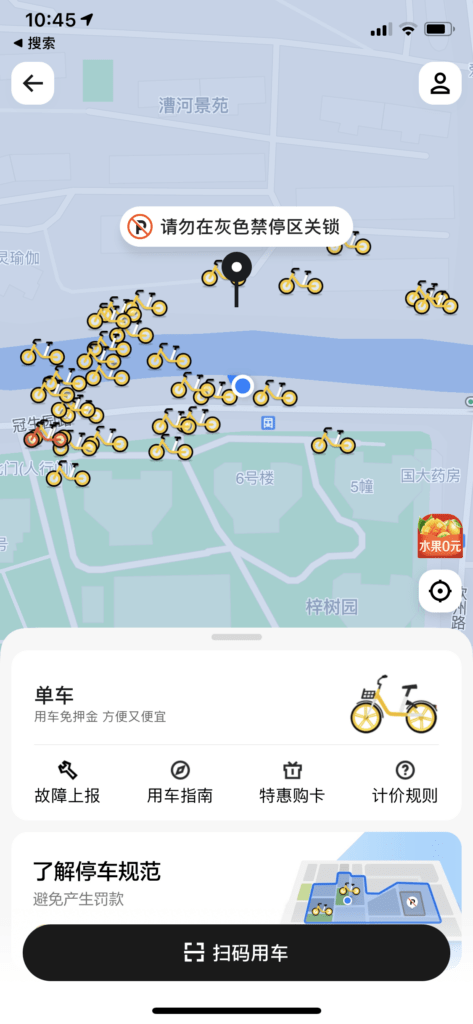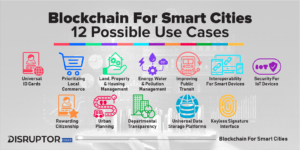Neil Postman once said: “all technological change is a trade-off.” It means that technology giveth but also taketh away. It is the same for today’s “smart cities”. Big tech companies in the U.S such as Google, Amazon and Uber hope to build a more modern and digitalized city so they transfer almost everything into data and use data to predict consumers’ behaviors. It is true that technology makes our life easier. For example, nowadays we use google map to search places we want to go. It provides the fastest route from our home to the office. It also shows restaurants and supermarkets near home. When all routes and restaurants are categorized into maps. A 3D city becomes flattened.
In the article, A City Is Not a Computer, the author says that “urban intelligence is more than information processing,” because the city is not just about algorithms and data. Many things can be archived into digital library such as records, books, but performances, cooking can’t be archived into digital forms. I agree that a city is not a computer, but I believe the city is a digitalized world. What technology can do is to make our lives more convenience. It can’t directly change the city into computer, but it digitalized everything piece by piece. For example, the whole city is being digitalized into maps. Places we went to can be showed as lines and points in the map. If we put our everyday steps and routes into the database, it creates a graph that summaries our everyday life. Similarly, performances can also be archived as information, because many performances are recorded as videos so they can be put into digital libraries. Delivery apps know what we ordered last month, and they recommend restaurants we might interested in. Almost everything can be categorized into different types of data, but it didn’t mean that those software and hardware will replace the city.
What makes a city vibrant is not just modern infrastructure but people and the city’s history. When Hubert Dreyfus talks about what computers can’t do, he argues that artificial intelligence can’t replace human because the brain processes information different. The city includes urban infrastructure and people. Even if urban infrastructure is digitalized, people are always changing. Stories between the city and people are also changing. They are not computers because they think differently. If we view cities as computers, there are always outsiders. For example, in Chongqing, maps are always useless. The city is well-known as a 3D city, but all maps are two-dimensional. Many local restaurants are located under viaduct bridge or hide inside buildings, so maps can’t accurately record their locations.



